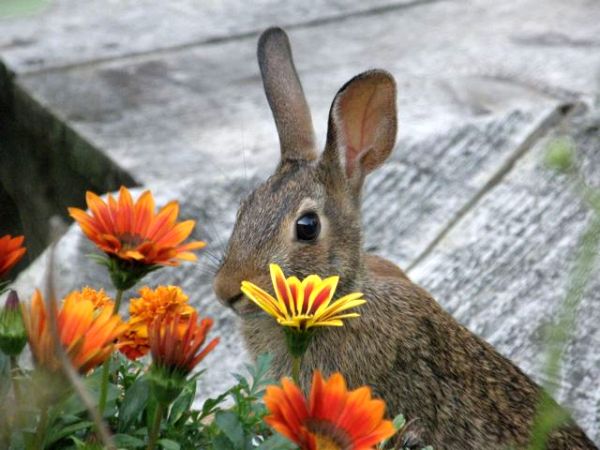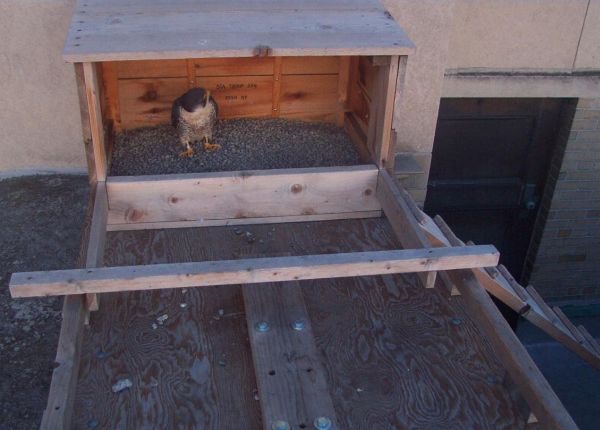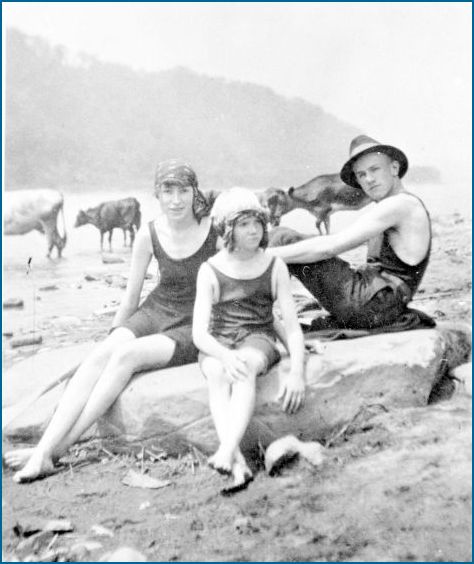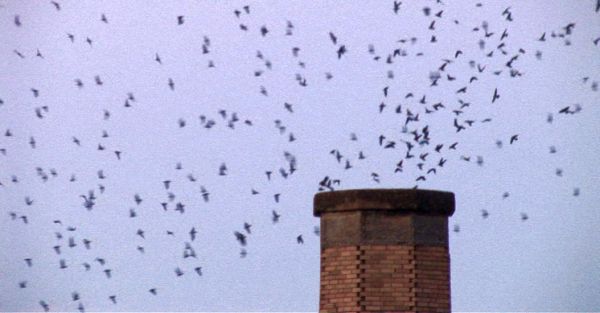
If you’re in WQED’s viewing area at 10:30pm on Thursday September 3 don’t miss On The Wing, a half-hour video about the swifts who roost in Chapman Elementary School’s chimney in Portland, Oregon during fall migration.
Not your typical nature movie, On The Wing is as much about Portland and the people who watch the swifts as it is about the tens of thousands of Vaux’s swifts who come to roost. The swifts circle and swirl around the chimney, a few hawks and peregrines come in for an easy meal, and hundreds of people show up to watch. It’s a huge event.
The phenomenon became so famous and well-loved that it changed Chapman School. The swifts huddle in Chapman’s chimney to stay warm on cold September nights and the kids were huddling in the school by day to avoid killing the swifts by turning on the boiler. Eventually Chapman replaced its heating system so that the chimney is now used only by the swifts.
As soon as you see this movie you’ll wish you were in Portland, Oregon to watch the birds but you don’t have to travel that far. Eastern cities have chimney swifts, very similar to Vaux’s swift, and we have chimneys. We can’t offer the community event that happens at Chapman (you will have to go to Portland for that) but you can watch our swifts go to roost.
In Pittsburgh there are many chimneys to choose from. Look for tall stand-alone chimneys, usually made of brick, and you may find a roost near home. Here are some of the roosts I’ve seen:
- At South St. Clair Street, across the street from 5802 Baum Boulevard, look at the chimney across the parking lot. Three Rivers Birding Club usually visits this chimney at least one evening during migration… and then we go to The Sharp Edge for beer.
- In Oakland on Clyde Street near Central Catholic High School, watch the tall chimney on an apartment building on the left.
- In Dormont, start at the corner of West Liberty Ave and Edgehill Ave. Walk up the right side of Edgehill Ave to the second telephone pole that has a sign on it saying Weight Limit 9 Tons. Stop and look across the street & you’ll see the chimney.
- In Squirrel Hill at the corner of Murray and Forward Avenues there are lots of chimneys. I’m not sure they’re used by swifts but it’s worth a look. Stand on Pocusset.
- Check out the closed public schools: the former Schenley High School, former Gladstone Middle School, etc. I bet you’ll find swifts.
Meanwhile, watch a preview of the movie!
(photo from Dan Viens, creator of On the Wing)
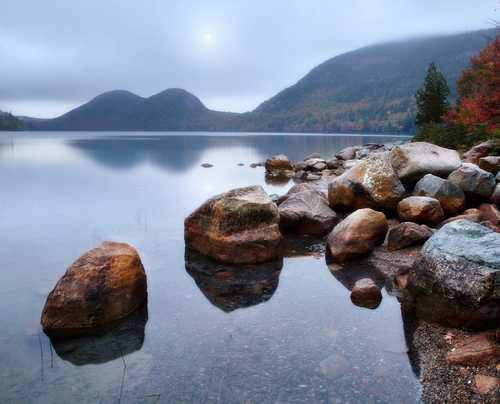
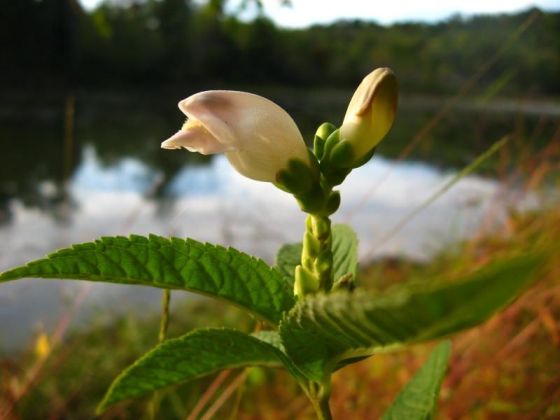



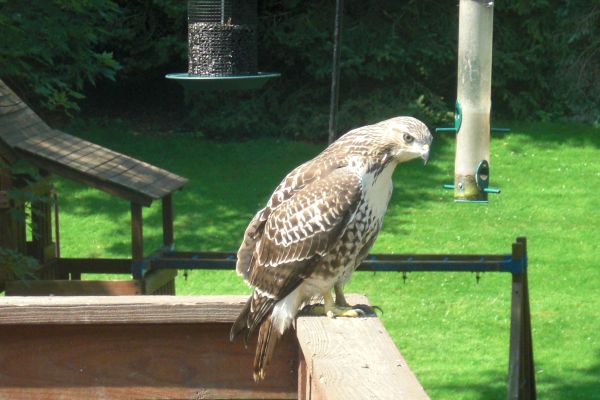
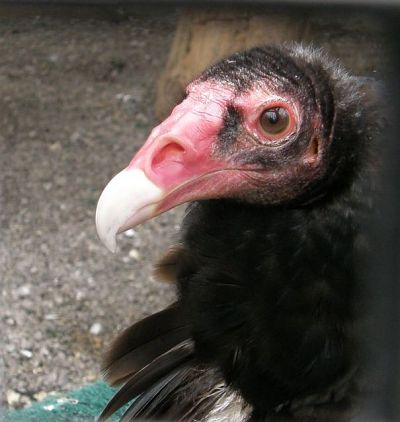 We’ve had a spate of hot, humid weather that’s finally going to break this weekend. I shouldn’t complain – after all it’s August – but I’m no lover of heat and humidity and my nose tells me it’s time for a change.
We’ve had a spate of hot, humid weather that’s finally going to break this weekend. I shouldn’t complain – after all it’s August – but I’m no lover of heat and humidity and my nose tells me it’s time for a change.